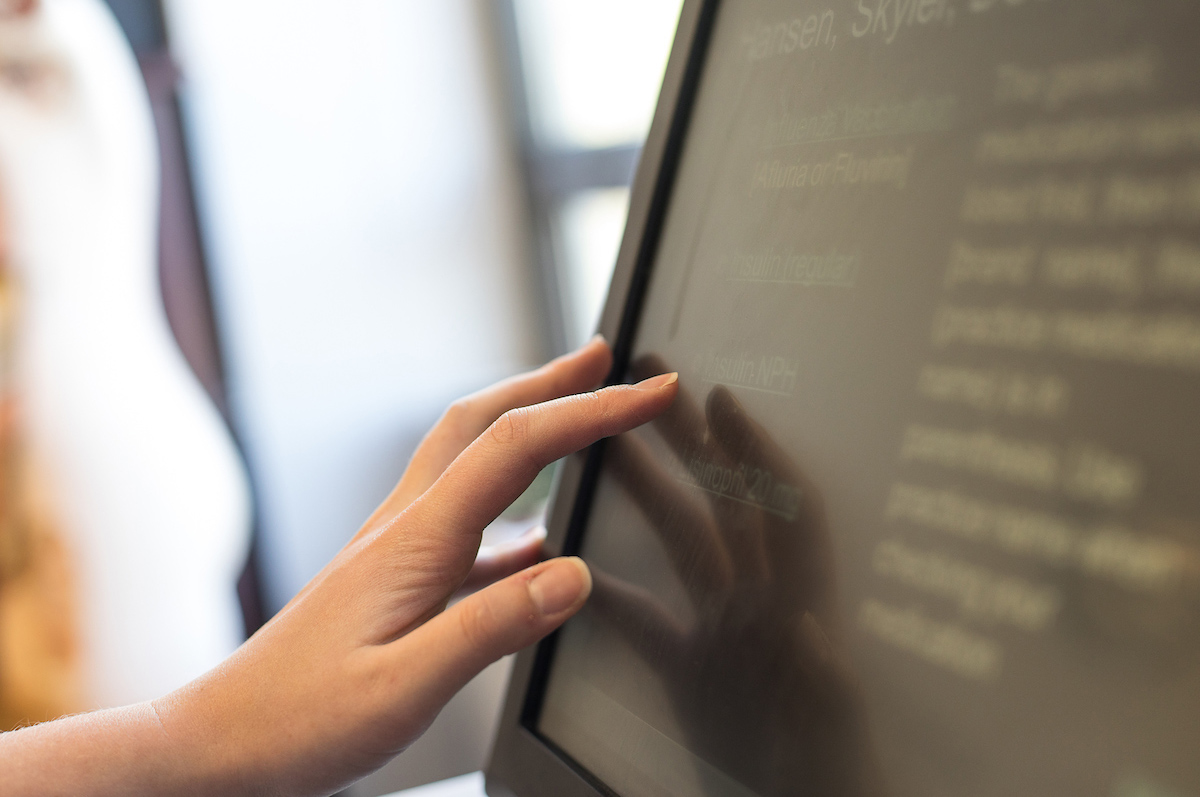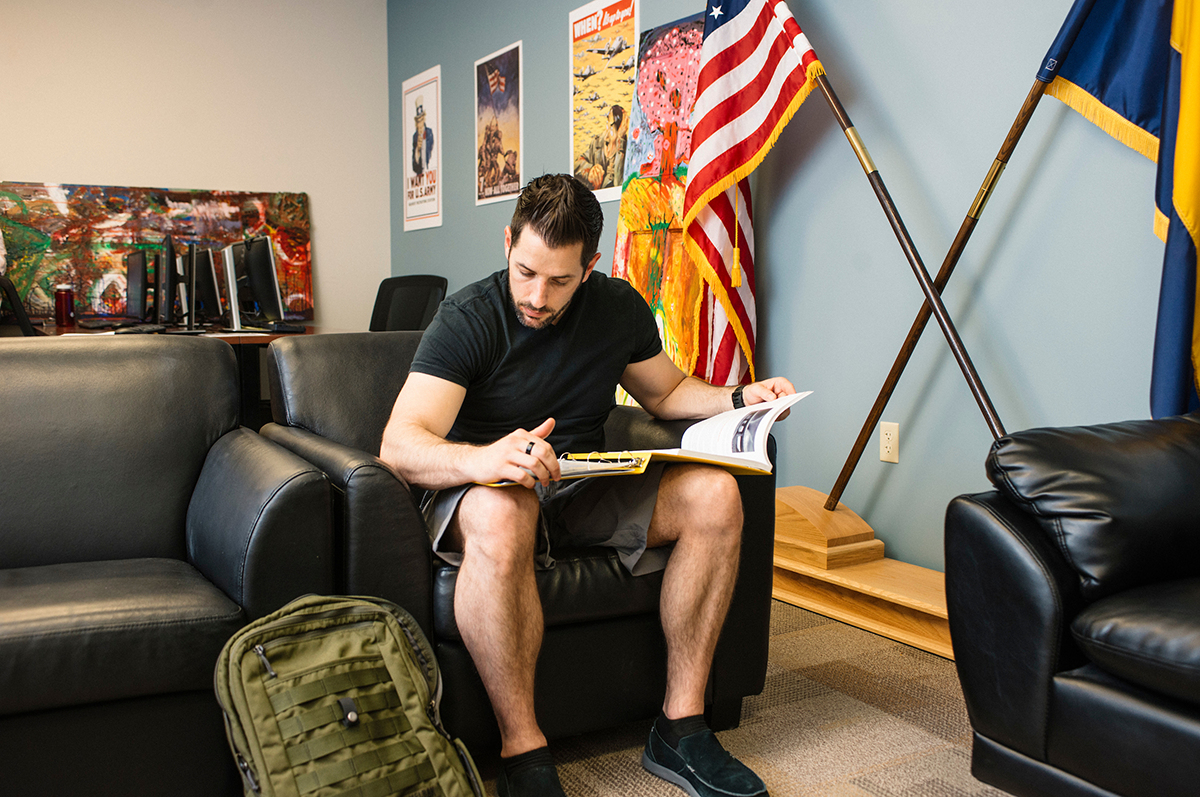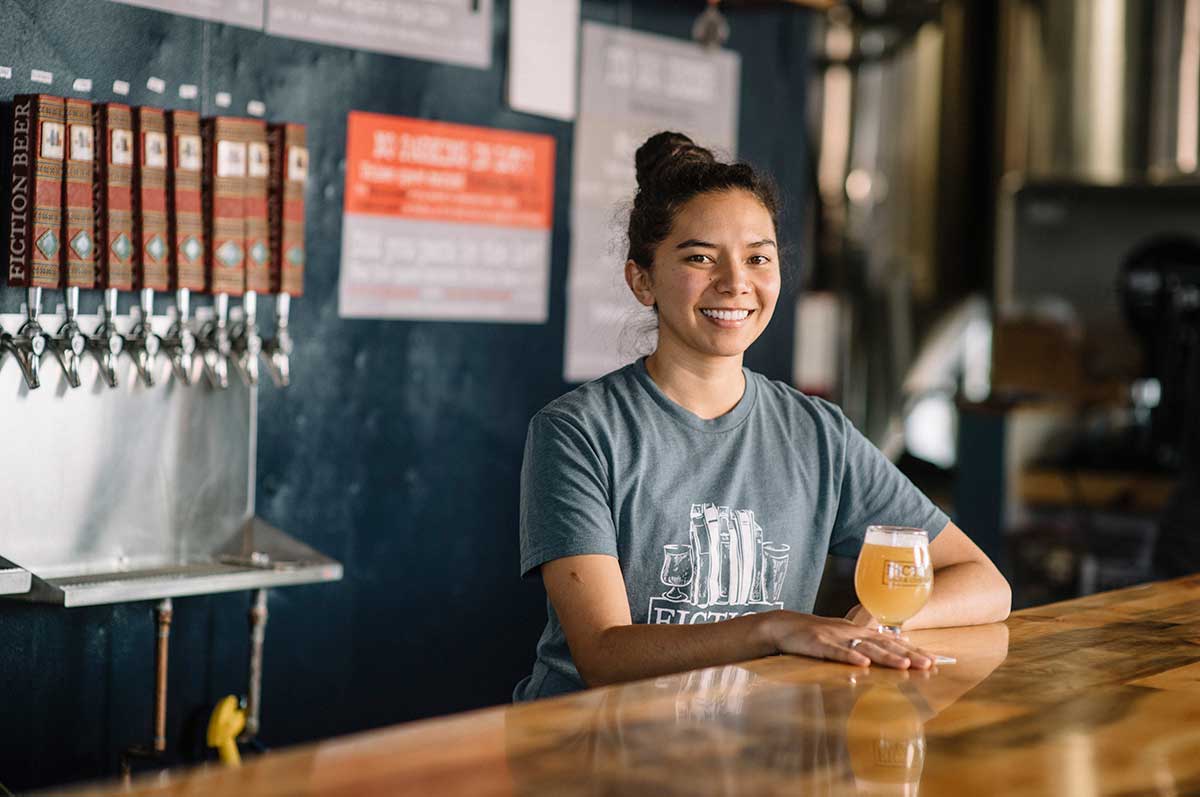How paraprofessionals were unsung heroes during COVID-19 — and how to support them going forward
As teachers contended with a near-constant pivot between in-person, remote and hybrid learning over the past year, paraprofessionals were often the stabilizing force in the classroom.
As Melissa Brydon, professor of special education and director of post-traditional teacher licensure at Regis University, puts it: "Paras were the steam that kept the train going."
One of the most important roles of a paraprofessional, Brydon said, is supporting students with disabilities in the general education classroom. This year, paraprofessionals also proved to be the eyes and ears of all students in the classroom, helping teachers as they navigated unprecedented challenges.
"That’s one of the beauties of paras going into inclusive classrooms and the general education classrooms," she said. "When it’s done well, they’re there helping everyone. When you can’t tell which of the kids in the classroom has the disability, that’s true inclusion."
Brydon offered ways to continue these inclusive efforts in the upcoming school year.
Lean into technology to support classroom inclusion.
When class returns in the fall, many schools likely will still need to operate under a hybrid model, especially if at-risk students are unable to get vaccinated. That’s why Brydon said it’s imperative to keep tools like video conferencing breakout rooms in the mix. During remote learning, while students with disabilities joined the general classroom, paraprofessionals often used break-out rooms to work with the students on an individual basis.
"Going into breakout rooms became critical because that inclusion could still happen during the pandemic. They could still go to those inclusive classroom settings," Brydon said. "In many cases, paras became critical to inclusion continuing to happen for kids with disabilities."
Form a triad of support.
In any classroom, Brydon said, it’s important that general education teachers, special education teachers and paraprofessionals partner with each other to support students.
"When we’re training our teachers, we need to teach them how to work with a paraprofessional in the classroom," she said. "One of our classes deals specifically with collaboration and co-teaching and making sure we teach our teachers who are future special educators how to work with a paraprofessional."
Students interested in becoming special education teachers should become paras first.
Brydon said nearly 75 percent of her students enrolled in special education licensure classes are paraprofessionals. Even when they’re not, Brydon said she often encourages them to go find jobs as paraprofessionals.
"Paras make the best teachers because they totally know what they’re getting into," she said. "They know the challenges of working with kids with special needs. When they say they want to be a teacher they’re saying that from a place of, 'I want to be a teacher no matter what.'"
Many traditional and alternative teacher training programs provide students with the opportunity to remain in the classroom while they complete their coursework to address chronic teacher shortages across the state. Whether or not they have an undergraduate degree, working paraprofessionals can explore the many program options that are set up to support them at any level of training.
"(These programs) can accommodate you no matter where you are on that track," Brydon said. "At the same time, these programs don’t want you to quit your job. So, they stay in their positions as a para while they’re in the program and, if the school is willing to allow them to stay in the para position when they’re student-teaching, this helps remove barriers that previously existed."
Ready to build on the wealth of knowledge you’ve gained as a paraprofessional? Regis offers a number of undergraduate and graduate education degrees, along with specializations in literacy, special education, cultural and linguistic diversity, and more to help you better serve your students and impact your community.



